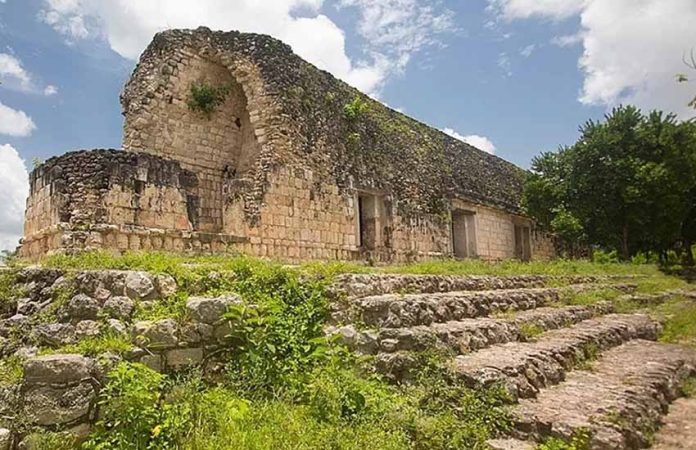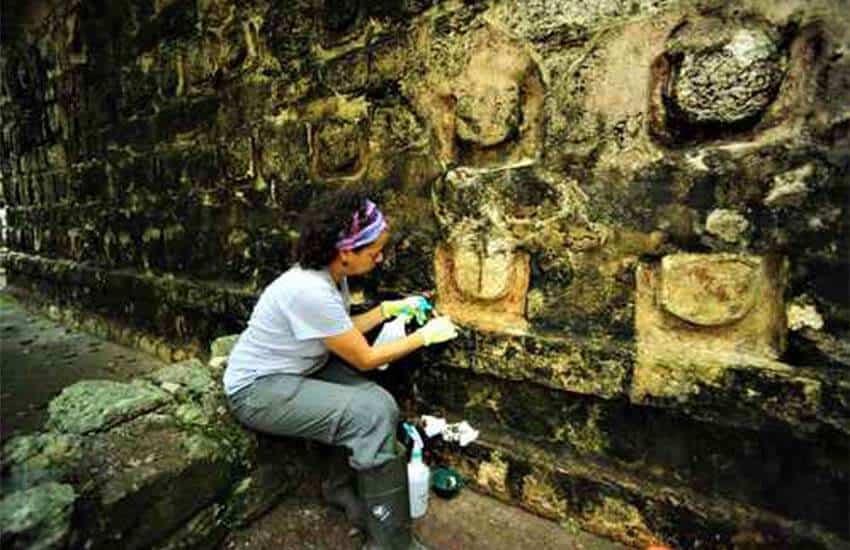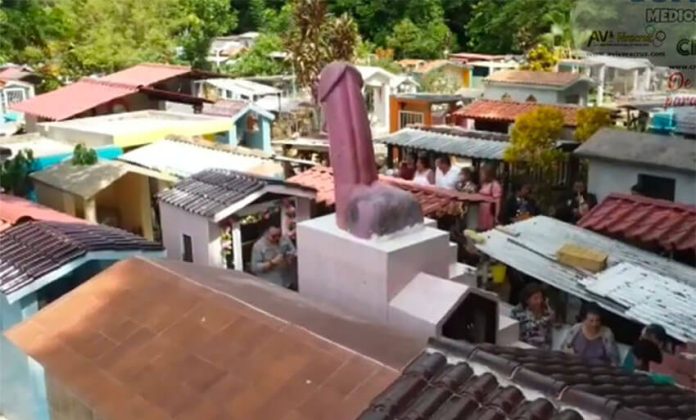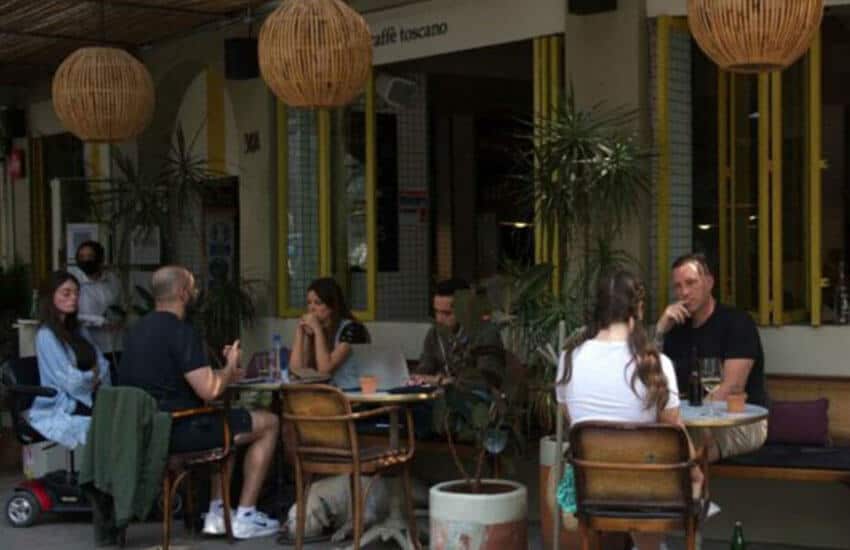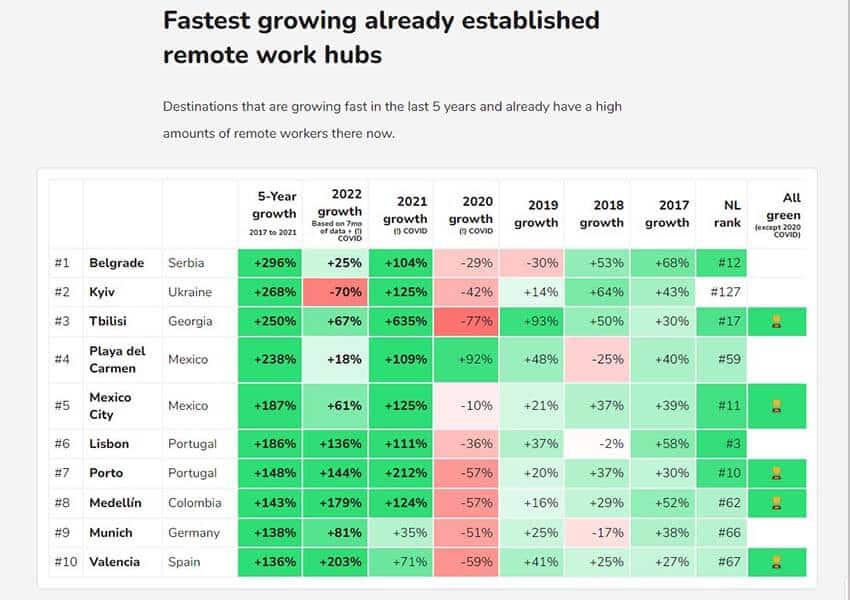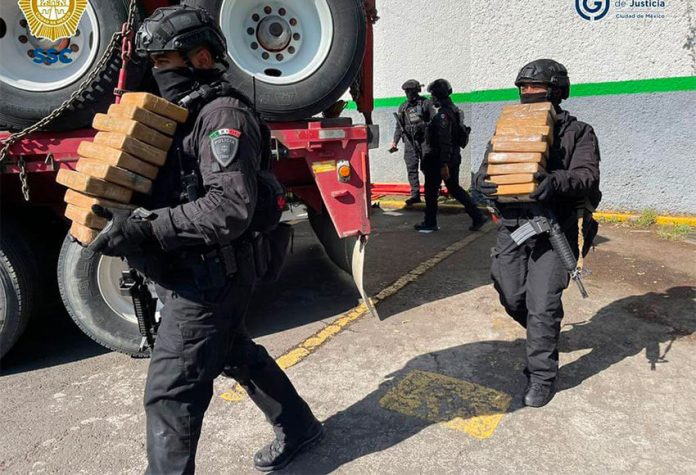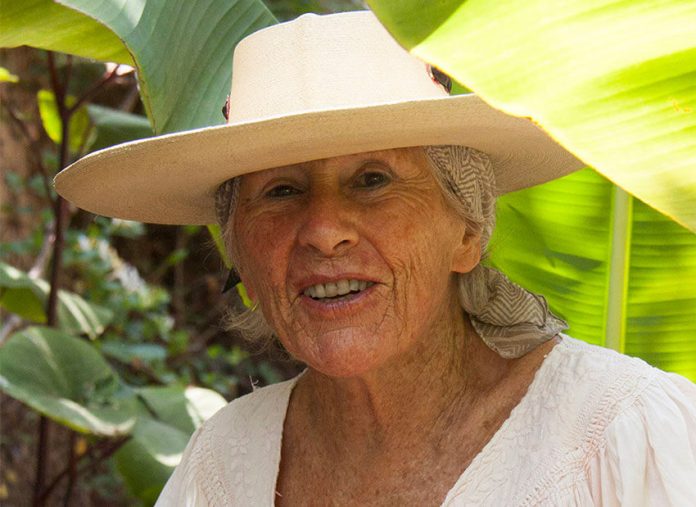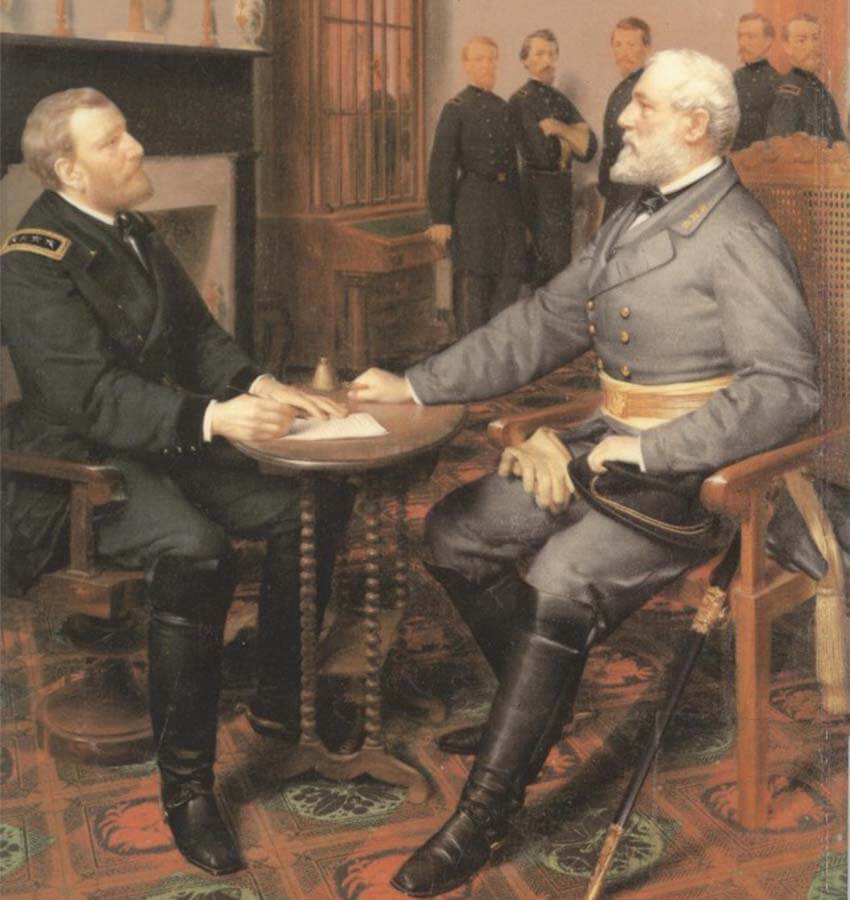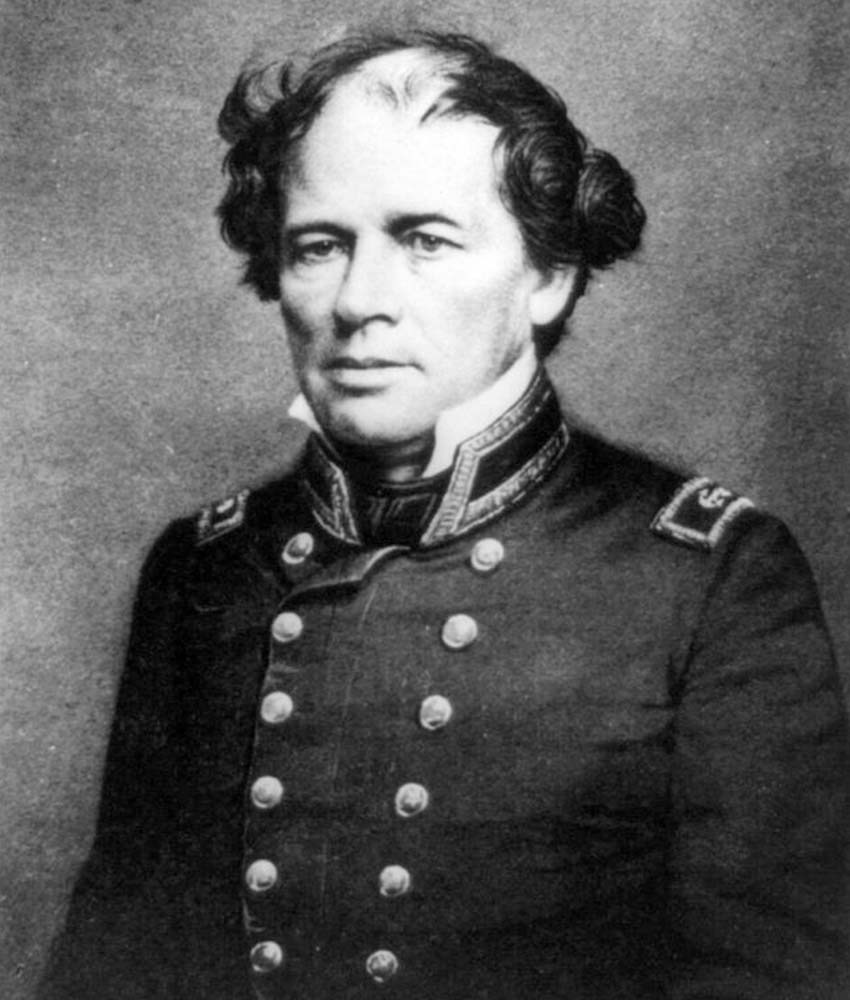Despite its millennia-old history and important culture, Michoacán still does not get the attention from visitors it deserves.
But it is every bit as rich as Oaxaca and preserves much of its indigenous heritage. What generally holds the state back is its reputation for narcos, but if your first visit sticks with places like Pátzcuaro and Morelia, you will be fine.
And its food alone makes it worth the trip.
In 2010, UNESCO recognized Mexican cuisine as part of the world’s Intangible Cultural Heritage of Humanity. The recognition is for the cuisines of the entire country, but its decision is strongly based on the oldest regional traditions; UNESCO mentioned Michoacán’s cuisine by name.
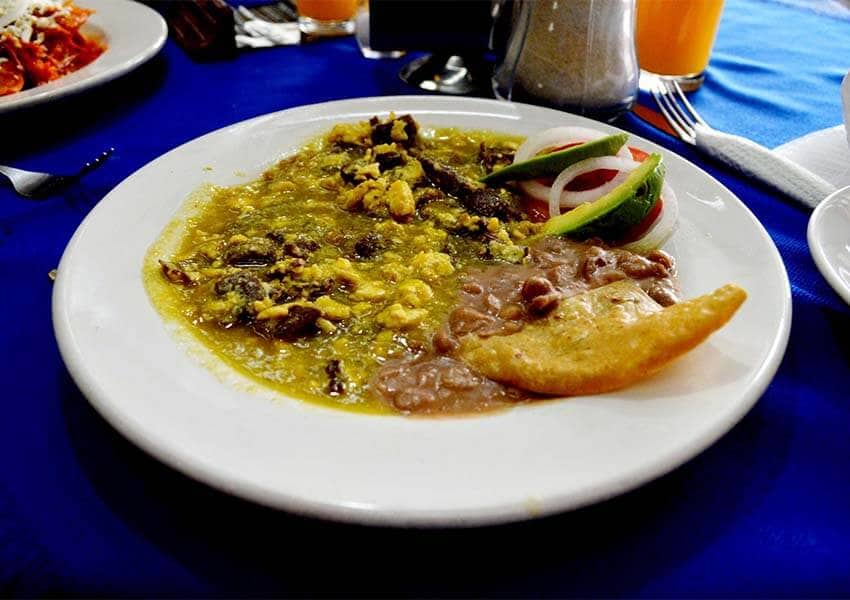
This state’s gastronomy is still heavily based on the main staples of Mesoamerica: corn, beans and chile peppers.
Food is still cooked in traditional ways, using tools such as metates and molcajetes, both a traditional type of mortar and pestle, as well as clay pots and comals (a thin, smooth metal griddle) and wooden spoons. But there are a number of unique aspects.
For millennia, the state’s diet included fish from its numerous lakes, rivers and shoreline, which is why Michoacán means “place of fish” in the Náhuatl language. Cooks here also make frequent use of aromatic herbs like spearmint, avocado leaves and nutrite (Satureja macrostema Bentn), the leaf of a bush herb that grows up to three meters tall.
There has been little, if any, effort to bring Michoacán’s traditional cuisine into the 21st century, either in homes or restaurants. That does not mean that Michoacán’s food is the same as that of before the conquest.

The Spanish did introduce a number of foodstuffs here, in particular pork and cheese. If you have had cotija cheese, you have had Michoacán’s version of parmesan.
The state’s food does vary by region, but that of the heart of the former Purépecha (Tarascan) Empire takes center stage.
That area is centered on Lake Pátzcuaro, the cultural and tourist center of the state today.
So what should you sample first? There are five must-trys for absolute beginners.

- Any preparation with charal fish — this name covers a number of freshwater species under 12 centimeters in length, dried whole after being caught. Michoacán still produces over 50% of all charal sold in the country. It can be eaten in a variety of ways: in its dried state as a crunchy snack or reconstituted to be fried in tacos or cooked in salsas. My recommendation for a first try is as a snack or taco. Close your eyes if need be to avoid seeing the critters’ faces, but it is worth it.
- Carnitas might well be Michoacán’s gift to the rest of Mexico; it certainly is to Mexico City’s street food vendors. Invented in the town of Quiroga, it is hog parts (choose maciza if you want simple meat) that have been cooked for hours in large vats of both liquid and fat, a cross between braising and confit. The liquid is water traditionally flavored with orange juice, but cola and even milk can be used. The most traditional carnitas are cooked in copper vats, said to give a particular flavor to the meat, but good luck finding such vats outside the state.
- Michoacán’s tamales. I will likely get in trouble for categorizing these as “tamales.” However, both of the following are corn dough wrapped in some other part of the corn plant, then steamed — a very, very old cooking method in Mesoamerica.
Corundas are the most common of the two, instantly recognizable by their small size and triangular shape, which comes from wrapping the corn dough with leaves from the corn stalk. They are not filled but rather covered with toppings such as salsa, stewed meat, beans, vegetables, cream or cheese.
Uchepos are made with fresh corn and can be either sweet or savory. The sweet version mixes milk and sugar into the dough, topped with condensed milk and fruit preserves when served. The savory version is topped with cheese or pork along with red or green salsa. - Sopa tarasca is a hearty soup/stew which mixes chicken meat and broth with beans, tomatoes, onions, garlic, epazote and pasilla chile pepper. It is topped with tortilla strips, bits of avocado and sour cream.
- Aporreado/aporreadillo is scrambled eggs mixed with shredded beef, sometimes pork. If you like northern machaca with your morning eggs, you will like this. Unlike its northern cousin, this version can often have tomatoes and other items mixed in, as well as salsa on top.
By no means are these five suggestions exhaustive of what the state has to offer, but they make a good place to start. If you come across any of these dishes below during your visit, by all means, consider trying them and let me know what you thought.
- Churipo is a beef stew with red chile peppers and vegetables, a Uruapan specialty.
- Olla podrida is a stew made with pork, chicken or beef cooked with various vegetables and the fermented alcoholic beverage pulque (or sometimes brandy).
- Morisqueta is rice mixed with refried beans and covered in salsa. Sometimes it is served with pork.
- Pozole batido is a red pozole variation made with pork or sometimes beef.
- Caldo michi is a soup made with squash, onions, tomatoes, cabbage and catfish, the latter being a species recently introduced for fish farming.
- Atapakua is a green chile pepper sauce that can be put on just about any meat or seafood.
And what should you wash all this delicious food down with? Like other places in central Mexico, Michoacán does produce pulque and mezcal, although theirs are not particularly well-known. The most traditional drink is charanda, an alcoholic beverage made from sugar cane.
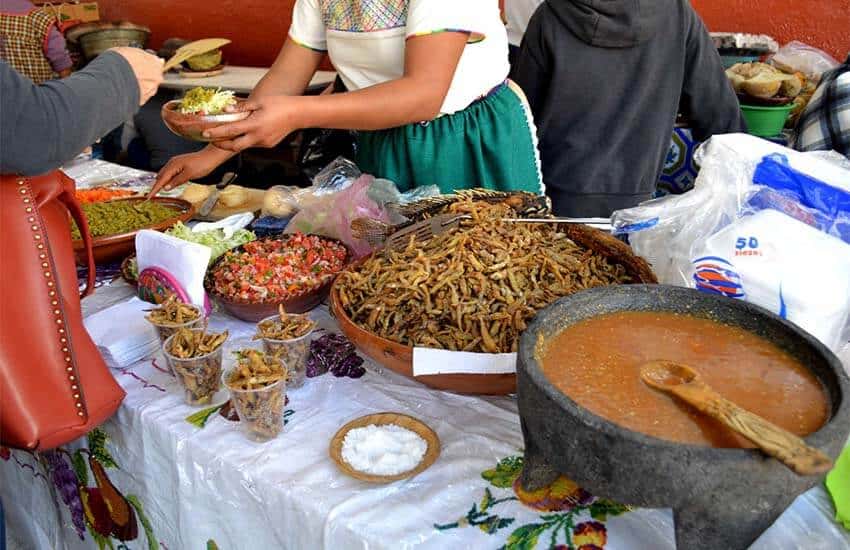
By the way, the flavor, depending on where you are, can vary quite a bit, so even though it’s made with sugar cane, don’t necessarily expect “rum.”
Leigh Thelmadatter arrived in Mexico 18 years ago and fell in love with the land and the culture in particular its handcrafts and art. She is the author of Mexican Cartonería: Paper, Paste and Fiesta (Schiffer 2019). Her culture column appears regularly on Mexico News Daily.

